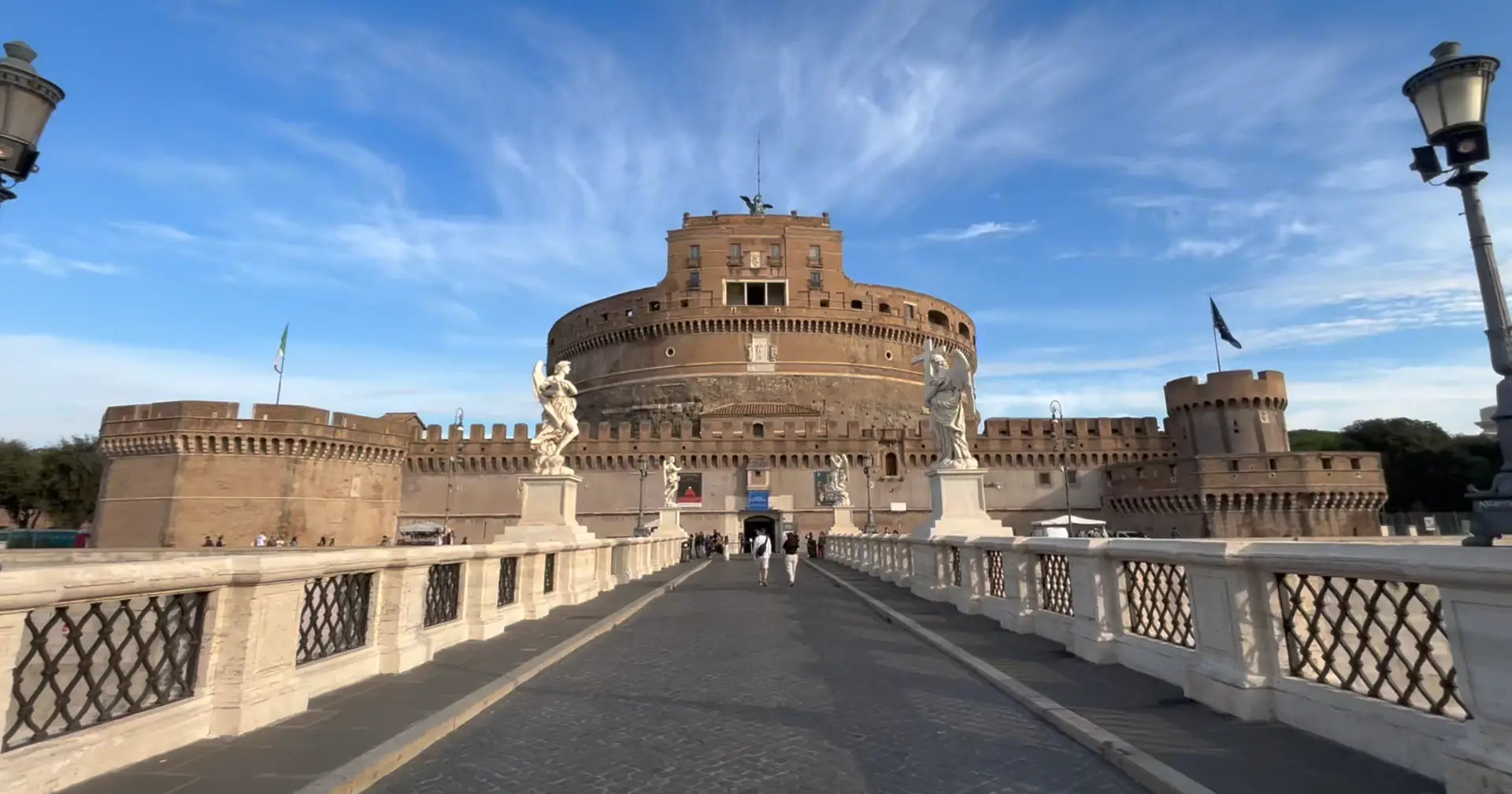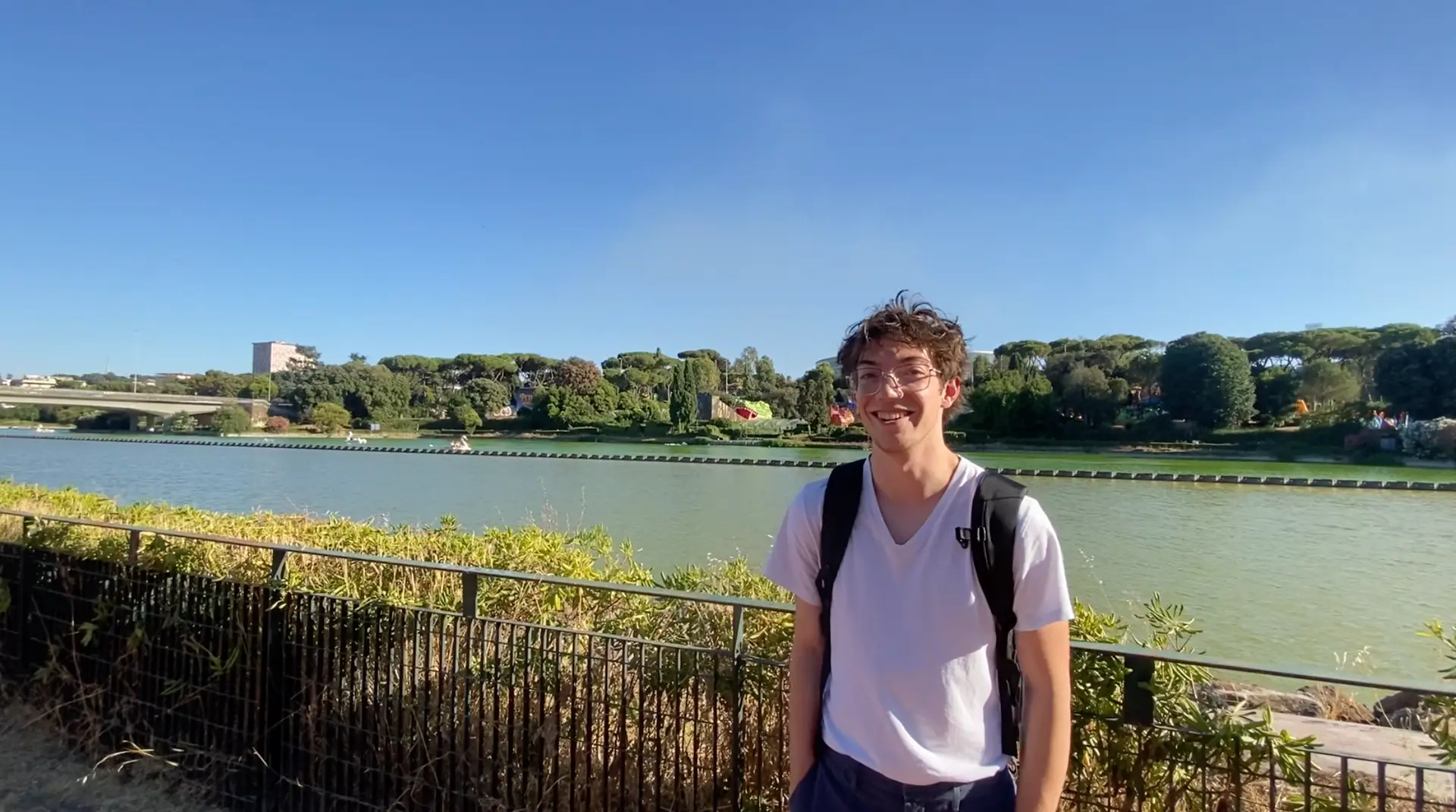This past March 15, friends, colleagues, former students, and family gathered together in Rome to memorialize Allan Ceen. Born in 1934, Allan dedicated his life to the study of Roman urbanity and cartography, sharing his erudite insite and pragmatic scholarship with hundreds of students over the past 60 years.
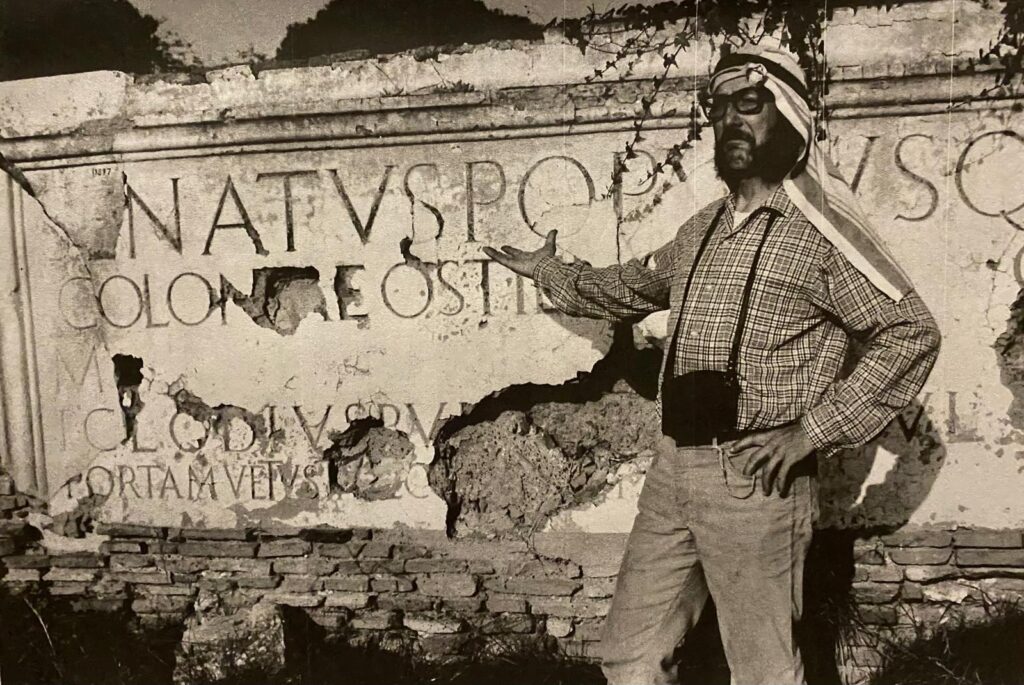
Posing at Ostia Antica
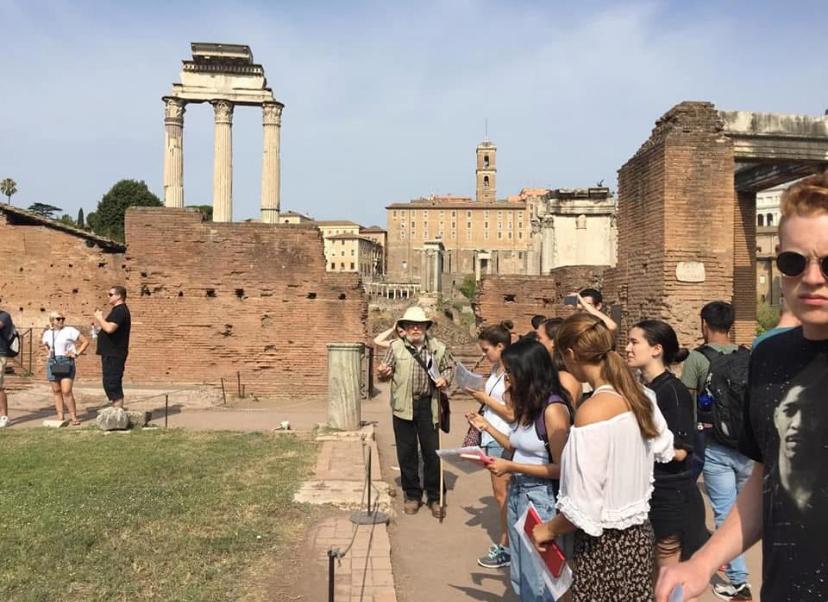
Guiding students through the Roman Forum
Allan’s academic brilliance was matched by his generous spirit and enthusiasm for teaching. Allan served as a beloved faculty member of the American Oversees School and later a trusted advisor and instructor at the Penn State Sede di Roma, Pantheon Institute, and the Accademia Adrianea. His legendary walks through the city, drawing and mapping Rome alongside his students, transposed the bodily experience into communicable images and transformed the idea of urban design into a shared human experience, rich in community.
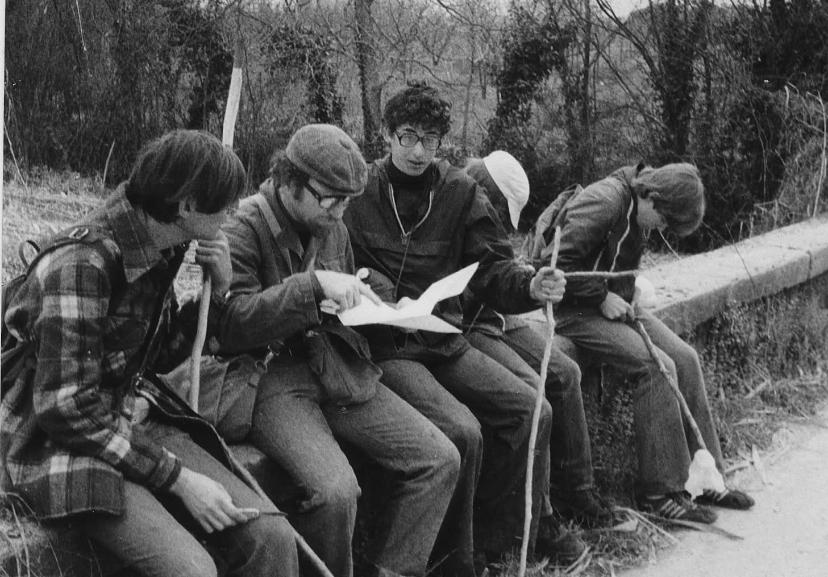
On an urban hike with students in the Lazio countryside
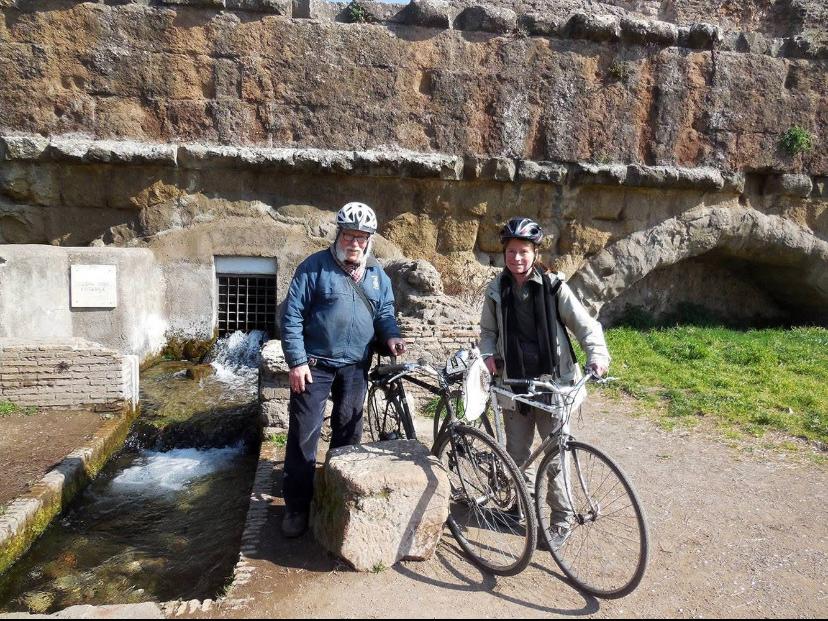
Cycling with wife Cothran Ceen
Allan’s legendary studio served as a crucial resource for cartographic and architectural study while his love for cycling inspired generations of enthusiastic and intrepid explorers to investigate the built environment and surrounding natural world with curiosity and thoughtful reflection. Beloved by so many, we mourn his departure but celebrate his legacy, hoping that we may continue in his stead, demonstrating love and expertise in all we do. Thank you, Allan.
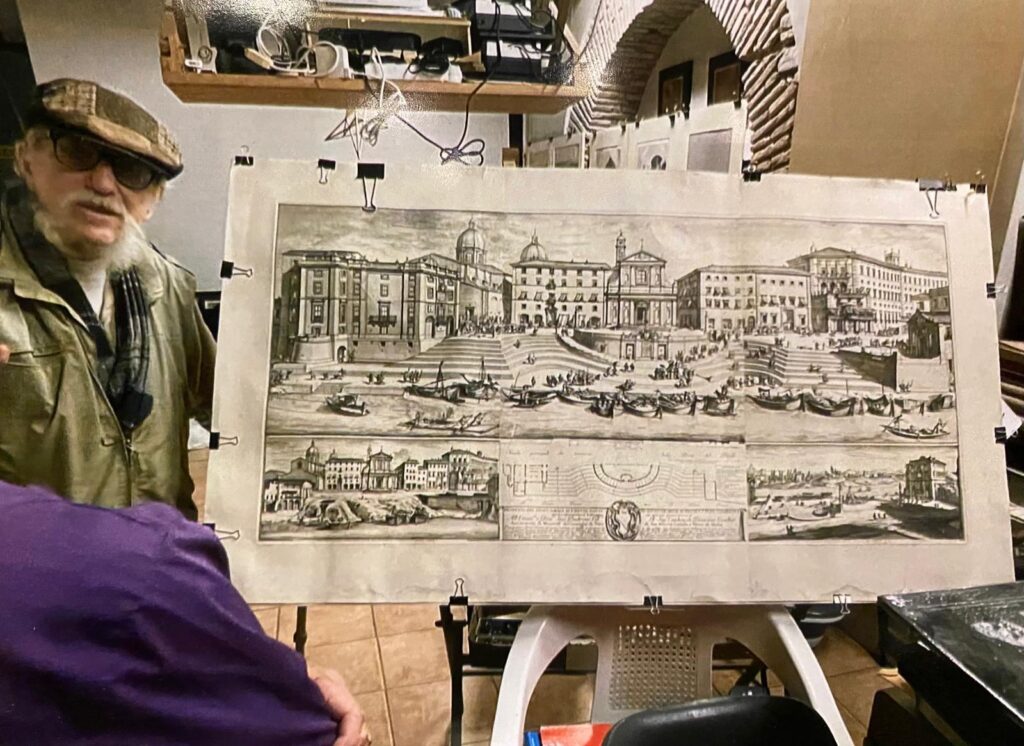
Showing one of his many maps from his impressive collection in his Roman Studio Urbis.
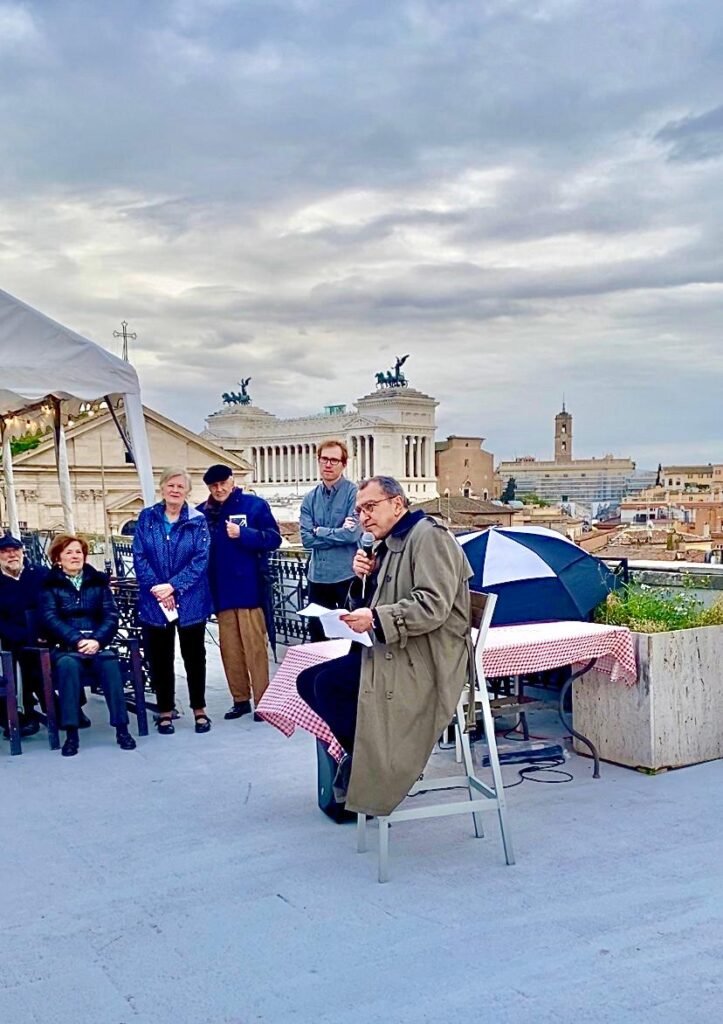
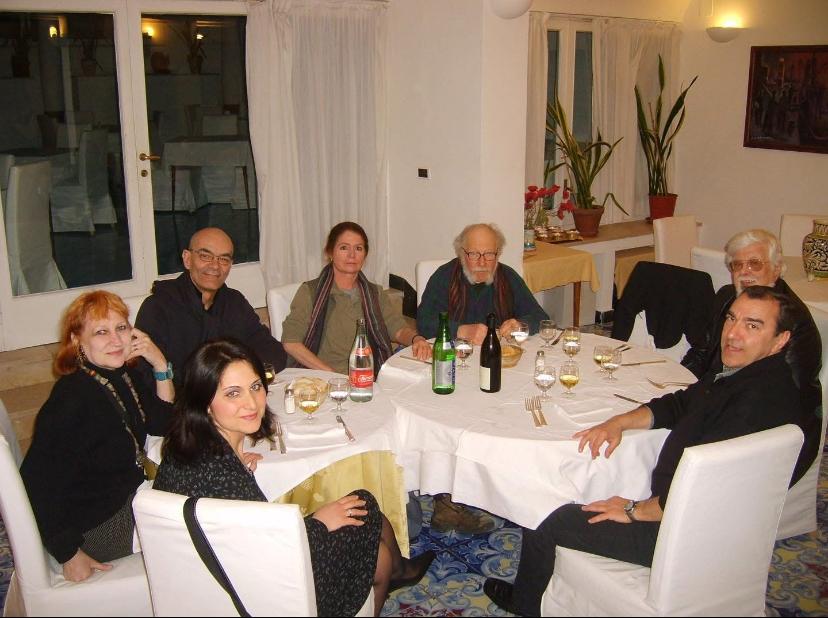
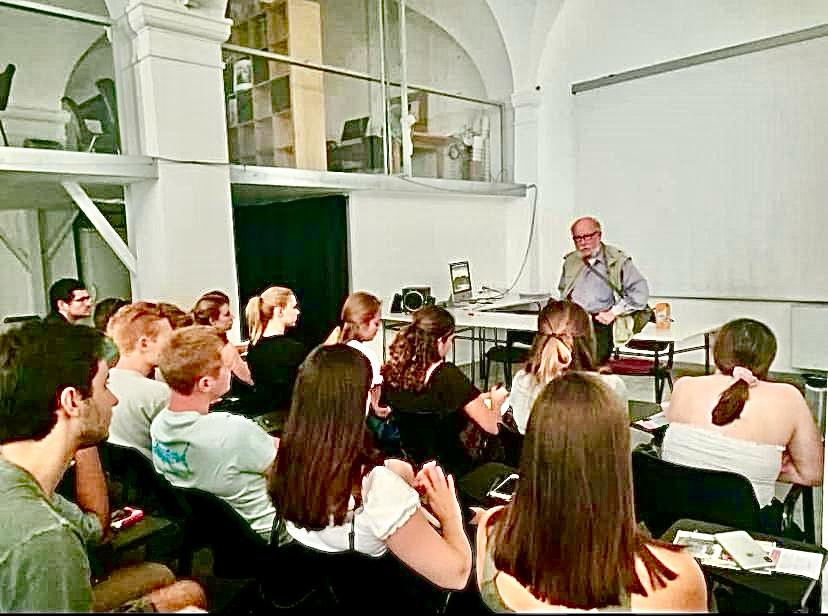
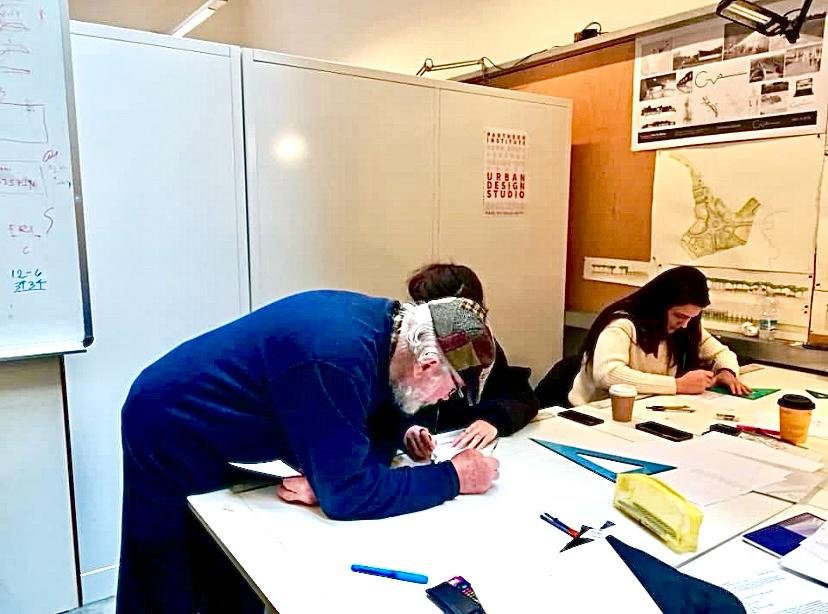
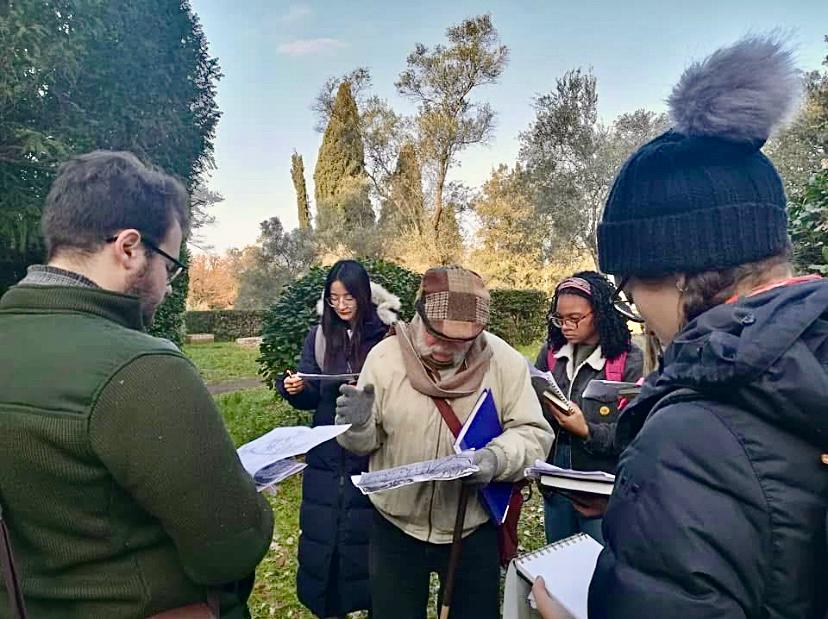
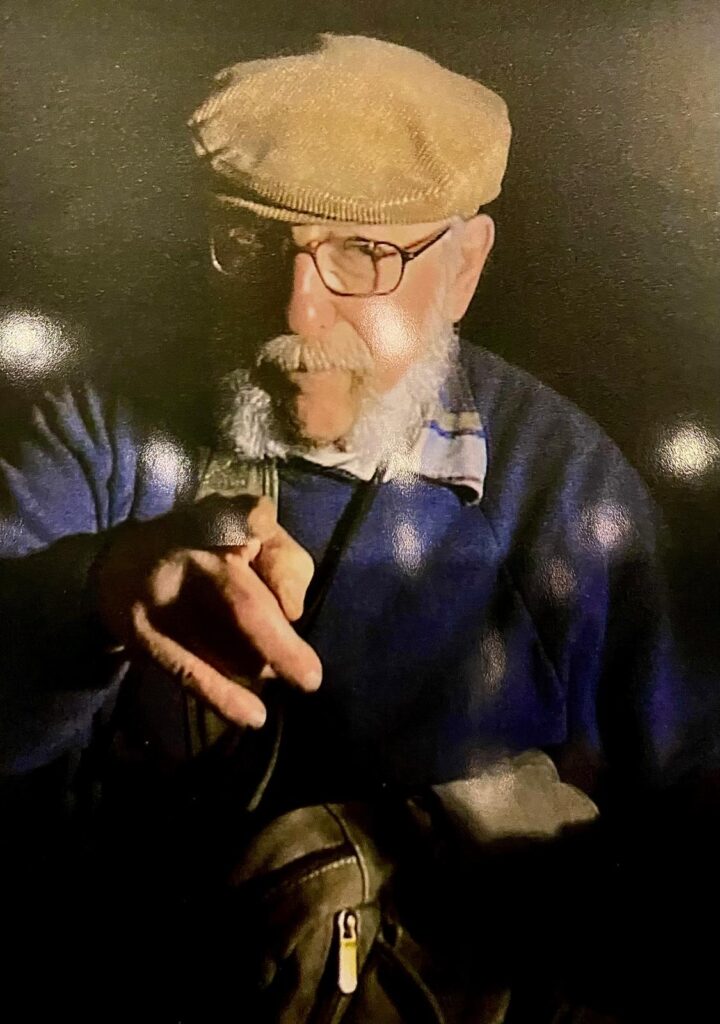
“Allan Ceen has been teaching with the Pantheon Institute since it’s inception in 2009. Before that, he was instrumental in establishing a new course for the previous Penn State “Sede di Roma” Architecture program. Our partnership with Allan and his Studium Urbis goes back to 1990. In all this time of working with Allan, I have had the pleasure to witness the undeniable influence he has had on all our students and the positive impact on their learning that he accomplished.
Allan’s course, Imago Urbis; Roman Cartographic History, was specific to Rome in a way tailored precisely to architecture students coming to Rome. His delivery was scholarly, thorough, incredibly erudite, and wonderfully pragmatically passionate. This is a rare combination. For Allan, his was not his profession, it was his vocation.
The course was taught with a vital, hands active form of physical engagement bordering on physical education; specifically, an urban phys-ed experience. Walking through streets, drawing, mapping, and making environment memories; transposing bodily experience into communicable images are the invigorating insightful moments for all those fortunate enough to be his students.
His love for this city was manifest in every talk and during every walk. Cars were often the brunt of Allan’s negative assessment of the city’s administration, as they diminished the true essence of urbanity – the experience of community in every step through Rome’s “eternal” architecture.
As a researcher, Allan’s manner of inquiry, analyzing and exploring the potential of maps and urban representions, is a research avenue further pursued by more than a few of our graduates who went on to PhD level research and teaching careers.
Allan’s interest in working with other professors in partnership to further students’ understanding is legendary. It was in Allan’s Studium that I met and arranged the first collaboration that led to the formation of the Accademia Adrianea, now hosting the most successful European Master’s program in architecture. Allan’s contributions to our early lectures and his guided walks through Villa Adriana will live on as seminal moments in the Accademia’s academic and institutional journey.
In addition, and on a personal note, Allan, away from the classroom, has been a father figure to so many students and to specific individuals who owe him more than academic gratitude. Having come to know him up close, over all these many years, Allan was essentially a good person. Kind, and instinctively generous with his knowledge, he understood that even scientific insight is a resource best utilized through passionate sharing. Impatient with laziness and stupidity, but open and giving in personal as well as intellectual relations, Allan embodied true com-passion.
Thank you, Allan, here and elsewhere, you will never be forgotten.” – Romolo Martemucci, President of Pantheon Institute
Photos left from top to bottom: Romolo Martemucci delivering remarks during the memorial; a dinner in Capri with Accademia Adrianea professors and administrators; Allan lecturing at the Gatta Studio; Allan working with students during design period, Gatta Studio; Allen guiding students on a field trip; Allan Ceen portrait.
